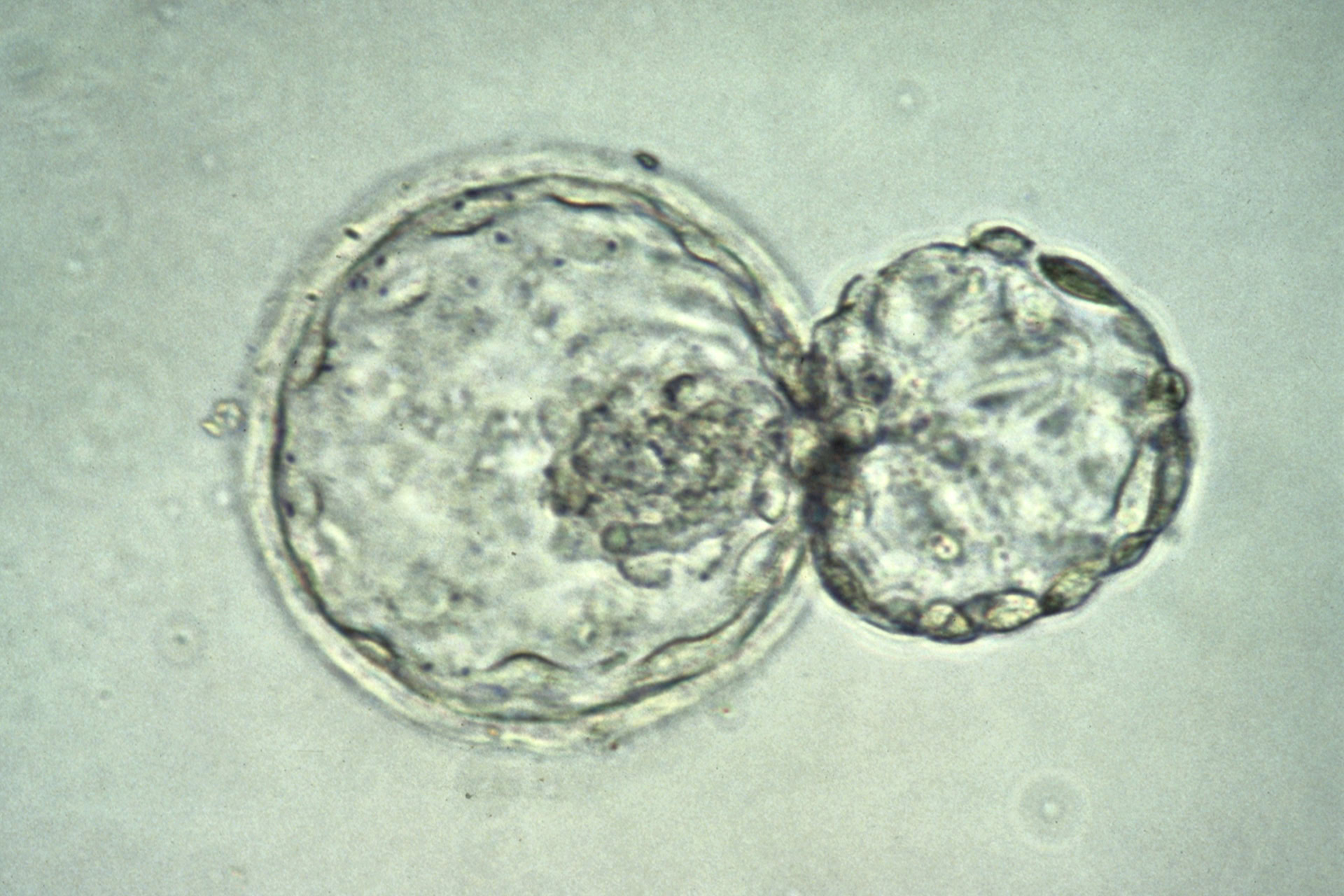A US company has launched an experimental neural stem cell clinical trial for patients paralysed by spinal injury. StemCells Inc will extract neural stem cells from donated aborted fetuses to be injected into the spines of patients with chest-level spinal cord injury.
Dr Armin Curt, Medical Director of the Paraplegic Center at the Balgrist University Hospital, Switzerland, will lead what he believes to be a 'landmark trial' designed to administer the experimental therapy. 'For patients facing a lifetime of paralysis, the prospect that neural stem cell transplantation may one day help restore some degree of function offers new hope', Dr Curt said.
Dr Stephen Huhn, vice-president and head of the central nervous system programme at StemCells Inc told the Times last week: 'We are hoping to see incremental improvement that could well improve quality of life. It might be improvement in motor function, but it could be as simple as improved bladder or sexual function'.
Fetal neural stem cells have already differentiated, or been 'programmed', to generate into any of the central nervous system cell types. This makes them distinct from undifferentiated embryonic stem cells, which have the potential to become any cell type in the body.
Animal studies demonstrated that, when fetal neural stem cells are injected into the spines of paralysed animals, they can produce new specialised cells that help regenerate function without causing tumours or other adverse results. In particular, they were found to turn into oligodendrocytes, which regenerate nerves' protective myelin sheaths that commonly become damaged by injury.
British patients may apply to participate in the trial, but overall numbers are limited. Three groups of patients with different degrees of injury will be enrolled to take part in the trial. The first group will include patients who have no movement or feeling below the area of injury, the second will include patients who have some feeling below the injury, and the third group will include patients who experience some movement. Twelve patients in total will take part.
Dr Curt, who will monitor patient safety and therapeutic efficacy, is excited by the 'innovative design' of the trial, which 'will progress from the most severely injured to less severely injured' enabling the opportunity to observe a range of mechanisms for potential benefits.
The trial differs from another US spinal cord clinical trial begun in California last year by Geron, which applies human embryonic stem cells to patients with new spinal cord injuries. The StemCells Inc trial is believed to be the first to use fetal neural stem cells applied to older injuries, sustained three to 12 months beforehand.
Each patient group will be assessed over one year with an additional four-year observation period following completion of the trial. StemCells Inc has neural stem cell clinical trials already active for two fatal neurodegenerative childhood conditions.
Sources and References
-
StemCells starts spinal cord injury trial
-
StemCells Inc initiates world's first neural stem cell trial in spinal cord injury
-
StemCells, Inc. Initiates World's First Neural Stem Cell Trial in Spinal Cord Injury
-
New stem cell treatment offers hope for spinal cord injuries





Leave a Reply
You must be logged in to post a comment.